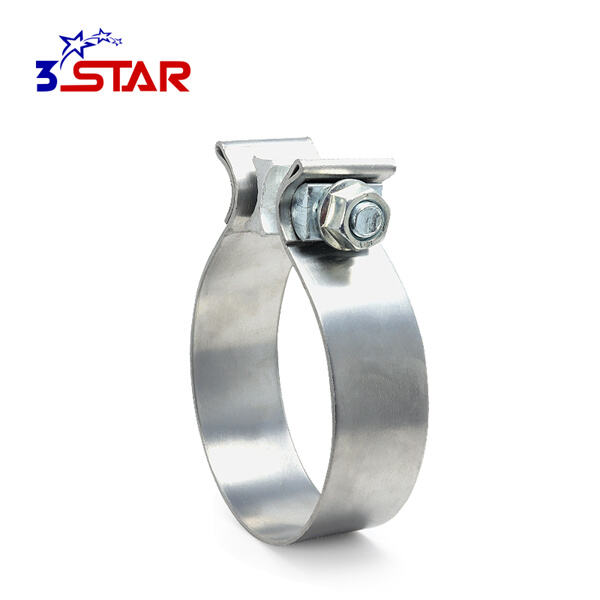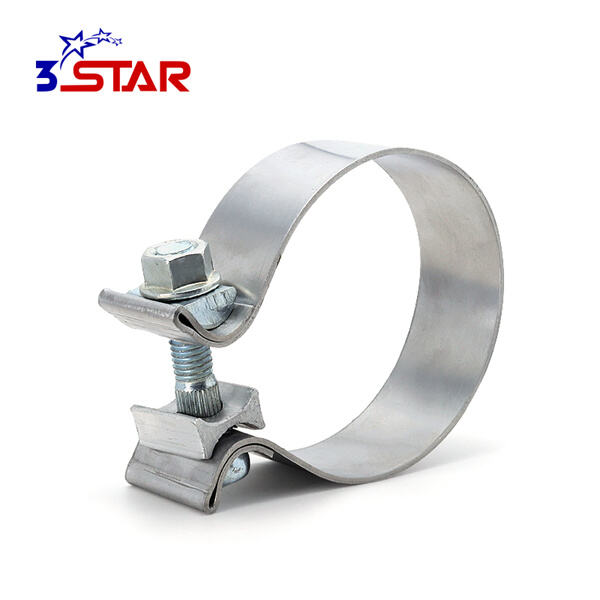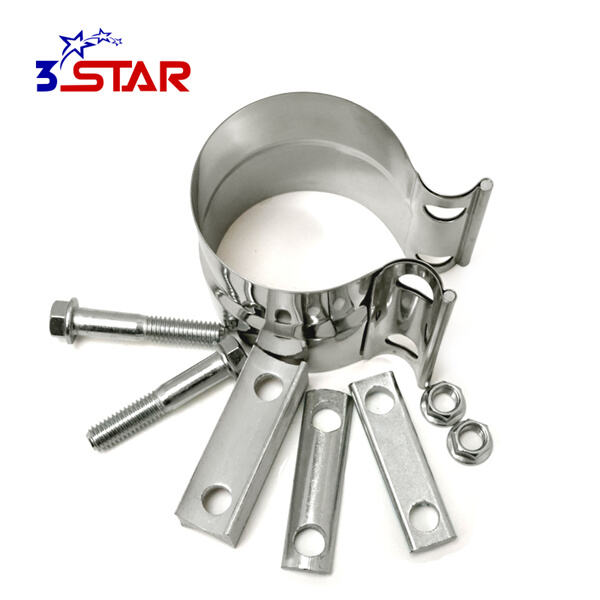The qualify of your exhaust clamps on a car will determine how well your car works. They help create a tight seal in the exhaust system at two different places, keeping harmful gases out of your driving environment — and the air in the environment.
Not harmful to your car: Exhaust clamps keep your exhaust system safe, do not harm your car and protect your wallet. Otherwise, if the seals aren’t tight, noxious gases from the charcoal could seep into the car, which would not be good for your health — or the health of your passengers. A good seal also conserves fuel for your vehicle, which saves you money over time.
When choosing an exhaust clamp for your ride, be sure to pick the right size and type. When selecting the right clamp, measure the width of your exhaust pipes. Also consider what the tiny hose clamp is made of — stainless-steel clamps are longer lasting and stronger than regular clamps.

Here are a few symptoms that your Sanxing exhaust clamps are no longer functioning properly. You may have already heard the noise of the exhaust, realized the car is consuming more fuel, or you may be witnessing damage to the clamps. Regularly inspect your stainless pipe clamps and replace them as necessary to prevent any leaks or damage.

Exhaust clamps: the importance of getting them fitted and tightened properly. First slide the clamp over the exhaust pipe and align it with the bracket. Secure the Sanxing pvc pipe clamps with a wrench. Don’t over-tighten because it may not hold and will break. Upon installation, look for any leaks or odd sounds.

If you hate wasting money on Sanxing metal pipe clamps that don't hold up, better is high-quality stainless clamps. They are rust-resistant and have a long life. They also form a better seal, which can minimize leaks.